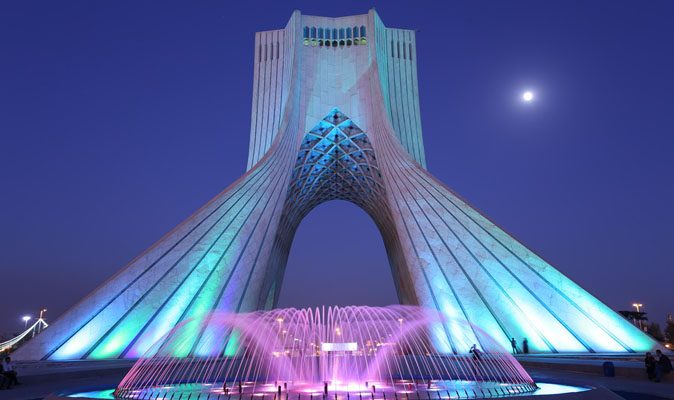After going to the Articles of the Iranian constitution in our previous posts, this time I intend to go briefly into the 2 main processes that help the government set national priorities, make decisions and implement its economic policies:
– Five year development planning
– Annual budget
The Management and Planning Organization (MPO) is the main actor in these processes. It plays all the pivotal roles between the Majles, Cabinet and the executive bodies. It is worth mentioning that since the Constitution decrees that the President and his ministers collectively and individually are held accountable to the Majles, all other government organizations must be affiliated to one of the ministries or the office of the President unless they are under the Leader.
Hence, at the core of the various organizational units that constitute the central government, there are the Ministries. The MPO which recently has been formed by the merger of two key organizations namely the Plan & Budget Organization and the State Organization for Administrative and Employment Affairs is attached to the Presidency and is responsible for planning, budget formulation, monitoring and evaluation and personnel regulations. So, compared to some other countries that have a planning office, the MPO is a much stronger body because it has authority over the entire budget (both current and capital) and also over personnel regulations.
On the executive part and in addition to other functions the Ministry of Economic Affairs and Finance is responsible for budget execution, treasury functions and tax collection.
Development Planning
Five year development plans are the government´s main vehicle for implementing structural adjustment policies and economic reforms. Iran´s planning tradition goes back to 1931. The first serious plan and planning organization were launched in 1949. Iran has experienced five development plans before 1979 and now is at the last year of the fourth development plan after the revolution, which has started in March 2005.
The five year development plan is prepared by the MPO in consultation with sector ministries and universities. It is discussed at great length among the Cabinet, the Majles and the Guardian Council and becomes a law. Implementation of the plan is the responsibility of the executive bodies. Each executive body is required to submit an annual performance report to the MPO about the implementation of the plan, which also complements theirs budget request. The President is required to submit annual progress reports to the Majles, discussing the performance of the entire government no later than the end of August of the following year.
Since the plans act as a roadmap for five years, all executive bodies do their best to somehow have their intended policies in it. The plan lays out the medium term development objectives of the government and a medium term expenditure framework.
Annual Budget
Iranian Constitution states that the annual budget of the country will be drawn up by the government and submitted to the Majles for discussion and approval (Article 52). The President is obliged to sign legislation approved by the Majles, after the legal procedures have been completed and it has been communicated to him. After signing, he must forward it to the responsible authorities for implementation (Article 123).
Although the President crucially lacks the veto power over the budget, in general the relationship between the legislature and the executive is subject to constitutionally provided mutual checks and balances.
For example, the Constitution requires that amendments to government bills proposed by members of Majles that entail the reduction of the public income or the increase of public expenditure could be introduced, only if the means for compensating for the decrease in income or for meeting the new expenditure are also specified (Article 75).
The main volume of the budget consists of four sections. The first section presents the notes; the second section displays the summary tables. The third section details the resources and the fourth the expenses of the government. The main part of the budget, i.e. sections three and four, is organized around specific executive bodies, which can be a ministry, province, a public institution, a bonyad or even a library.

